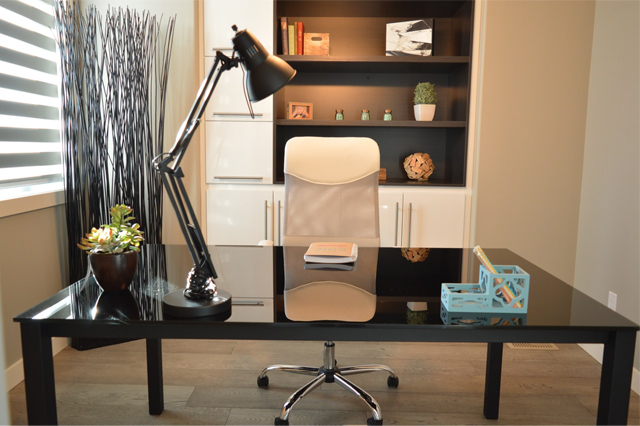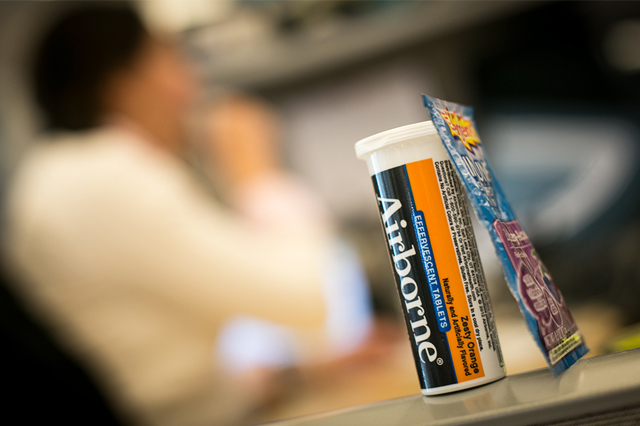Boosting productivity with great office design
As an emphasis on better health and wellness in all areas of daily life prevails, the spotlight is falling on employers in increasing intensity. Numerous studies have shown that the nature of the workplace – an environment most of us spend the majority of our time in – can significantly affect our physical and mental wellbeing. Perhaps of more interest to employers is evidence that indicates millions of pounds in wages are wasted each year due to reduced or lack of employee productivity. As a result, engaging and effective office space is rapidly becoming a strong focus for businesses.
How can workspace design influence employee productivity?
Recent studies have shown that the environment in which we live and work can significantly influence our mood, wellbeing and health. And since we spend the majority of our time at work, the focus has fallen on the corporate world and businesses with offices in particular. A survey conducted in August 2017 by Dale Interiors found nearly half of employees felt a better organised, well-designed office space with better facilities for down time and de-stressing would positively impact on their productivity and creativity. This means that uninspiring, inhospitable office spaces could be actively driving down productivity levels for businesses who won’t be getting the most out of their workers. Innovative workspace designs actively engage employees and make them feel fulfilled, inspired and positive from a wellbeing perspective. This in turn helps them to do their best work. So what’s ‘good’ in the world of corporate interior design, and what’s ‘bad’?
Better lighting = brighter workers
Dark and dingy spaces are never particularly inspiring – but what many office managers and business owners don’t realise is that lighting can directly influence the health of their employees – therefore impacting on their overall productivity. Harsh, bright artificial lighting has been shown to cause headaches and migraines whilst also disrupting the body’s natural circadian rhythm, which helps us to stay awake and alert in the day and sleep soundly at night. Where possible, make use of natural lighting available, drawing back blinds during daylight hours and stripping back window filters. If additional lighting is needed opt for ambient, low-level light sources such as lamps, and choose innovative LED bulbs that emit light that mimics natural sunlight.
Cohesive spaces for better collaboration
Some offices segregate employees in the hope that it will increase productivity – the idea being that workers free from the distraction of others will spend more time focusing on their work. But research has shown that this is not the case – and in fact, collaborative working spaces that allow dedicated areas for conversation and creative sharing are more productive. Recreational communal spaces such as sofas for downtime and lunch breaks have also been shown to improve relationships between staff.
A focus on health – short and long term benefits
Harsh lighting, poor ventilation or air conditioning and lack of spaces to de-stress and unwind have all been shown to be detrimental to health in the long-term – and a healthier workspace and happier workforce results in a more productive and successful business. Small changes can make a huge difference – so how can businesses ensure that they aren’t actively damaging the mental and physical wellbeing of employees with the environment they occupy? Plants are one easy way to introduce health benefits without significant cost or effort. Species that oxygenate the air such as Aloe Vera and certain palms support staff with respiratory issues and help the brain to function more efficiently. Replacing standard bulbs with intelligent LEDs that mimic natural light will help reduce headaches and tired eyes – even helping employees sleep better at night – and they’ll save you money in the long run, too. Create dedicated spaces for movement to allow employees who would normally be sedentary as a result of being sat at a desk all day to stretch their legs – or invest in stand-up desks.
Before making any drastic changes, consult with your employees and ask them what they’d like to see and how they feel they’d benefit from a design overhaul. This involvement will ensure a happier, more engaged workforce.
Refurbishing or relocating in the near future? Check out our office move management and storage services.
Related article:
Is your workplace hurting productivity?




